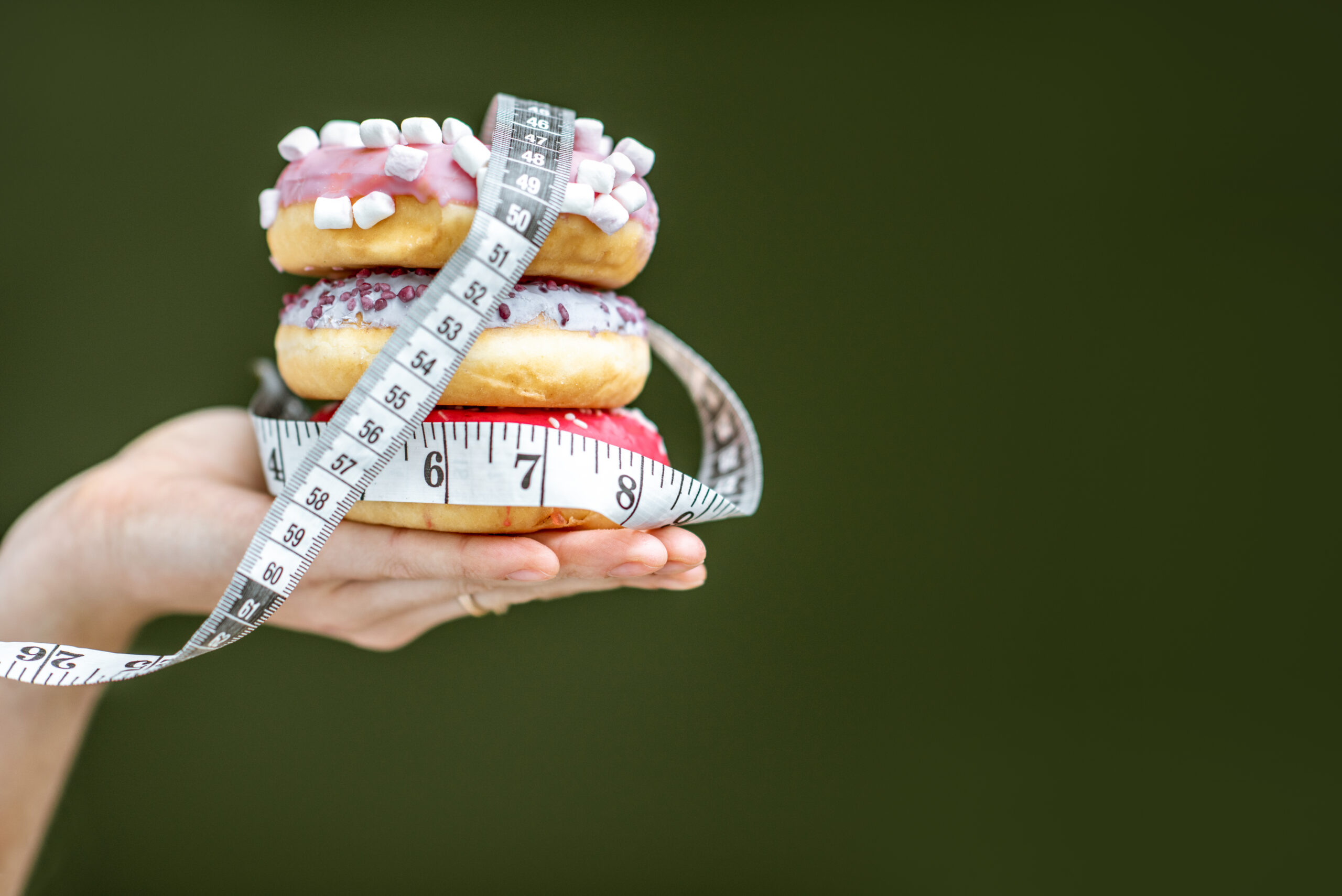Seasonal Depression (SAD): 5 Ways to Cope
- Seasonal affective disorder (SAD) is a form of depression that usually occurs around wintertime.
- Symptoms of seasonal depression include sleeping more than usual, feeling sad, and fatigue.
- To cope, you should try light therapy, spend enough time outside, and get frequent exercise.
- Visit Insider’s Health Reference library for more advice.
It’s fairly common for your mood to shift during winter. For example, it’s estimated that 14 percent of Americans experience a mild form of winter blues starting in the fall and continuing throughout the winter. But for 6 percent of people in the US, the condition is more severe.
Seasonal affective disorder (SAD) — also known as seasonal
— is a form of clinical depression that comes on usually starting in the fall and continues throughout winter. Here’s what you need to know about SAD and how to fight it.
Symptoms of seasonal depression
The symptoms of SAD are largely the same as general depression and include:
- Sleeping more than usual
- Feeling sad most of the time
- Difficulty concentrating
- Weight gain
- Feeling fatigued or low energy
- Lower interest in usual activities
There are many different treatments and lifestyle changes you can add to your routine to help reduce the number and severity of symptoms you may be experiencing from seasonal depression.
1. Try light therapy
This involves staring at a special bright light for 20 to 30 minutes soon after waking up each morning.
This light is meant to reproduce the effect of outdoor light and may help regulate your sleep-wake cycle.If you are able to get some natural sunlight in the morning, this will also help regulate your internal clock.
2. Get more vitamin D
Studies show that people with low vitamin D levels are more likely to experience symptoms of seasonal depression. Since our bodies produce
in response to sunlight, this is an expected correlation.
However, taking vitamin D supplements may not help to treat the condition. A 2006 study of older women with SAD found that taking vitamin D did not improve their symptoms of winter depression. The best source of vitamin D is sunshine, so get outside.
3. Exercise regularly
Studies show that aerobic exercise, like jogging or jumping jacks, is helpful in treating non-seasonal depression and experts believe it may be helpful for people experiencing seasonal depression as well.
4. Develop a sleep routine
Improving sleep hygiene has also been shown to help SAD symptoms, says Alexander Korb, PhD, a neuroscientist at UCLA.
This means going to bed at around the same time each night, staying off of screens in the bedroom, and avoiding caffeine, alcohol, and large meals before bed.
5. Consider antidepressant medication
If natural remedies are not helping to improve your seasonal depression, you can also try taking antidepressant medications during the winter months.
Studies show that in particular, fluoxetine (Prozac) and bupropion (Wellbutrin) are helpful for treating SAD. Check with a medical professional to determine if antidepressants can be helpful for you.
What causes seasonal depression?
Experts don’t fully understand what causes SAD, but it’s partly linked to our circadian rhythm, says Korb.
Your circadian rhythm is like an internal clock that dictates the release of hormones like melatonin that help regulate your sleeping and waking patterns. Your circadian system resets every morning when your eyes take in sunlight, which signals to your body to and reduce the production of melatonin — the hormone that makes you feel sleepy.
However, when you get too little sunlight, it can disrupt your sleep-wake cycle. Experts think that this may be because people with seasonal depression can produce too much melatonin, which brings on sleepiness and low energy, and as a result, can trigger potential problems with mood.
For example, those who live further north, where winter days are especially short, are more likely to experience SAD. In fact, estimates show that people in Washington state are four times more likely to have it than residents of Florida, according to the American Academy of Family Physicians.
Even one hour of sunlight can make a difference. One study found that the shift from daylight savings time in the fall — when the sun sets an hour earlier — led to significantly more depressive episodes that lasted for about 10 weeks.
People with seasonal depression in winter also have higher levels of what’s called the serotonin transporter protein. When you have too much of this protein, your brain doesn’t get enough serotonin, a chemical that can improve your mood. “So having extra of it is almost certainly contributing to the seasonal pattern of depression,” Korb says.
SAD also seems to be split along gender lines – a 2019 study of 499 participants — 252 women and 247 men — found that women were 5 times more likely than men to experience repeated episodes of winter depression.
Some experts say there may also be a genetic component to seasonal depression, as it often runs in families.
Insider’s takeaway
Seasonal affective disorder is a condition that affects many people in the wintertime, but there are ways to fight the depressive symptoms.
If you are feeling symptoms of SAD, like fatigue and frequent sadness, it’s best to see your doctor and determine which treatment or lifestyle change is right for you.

